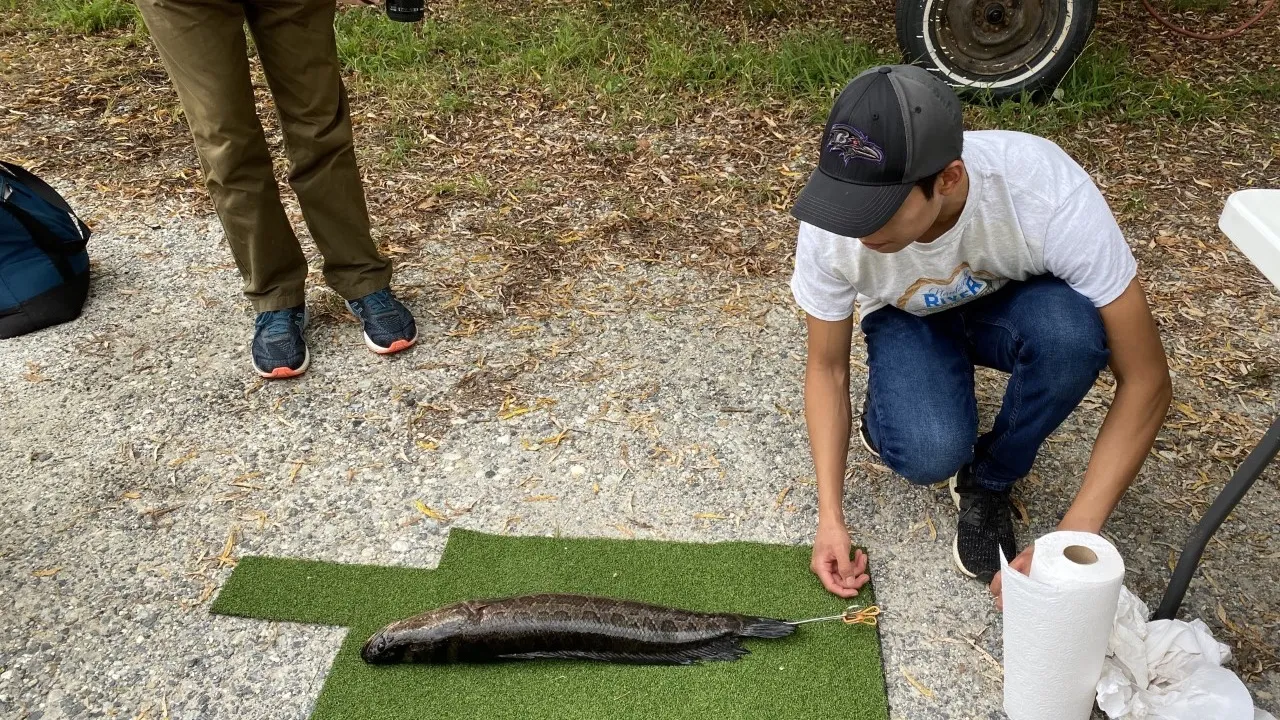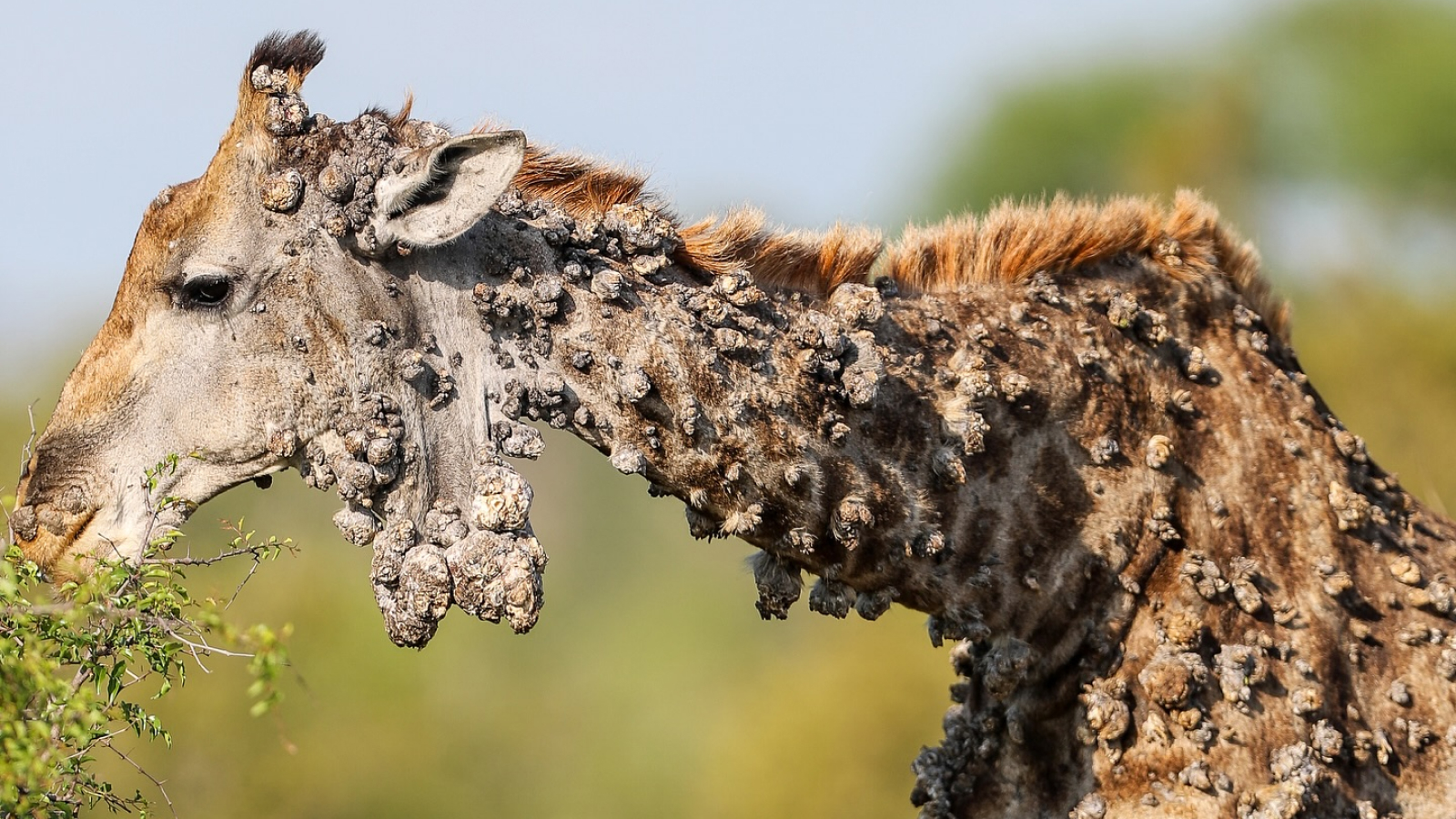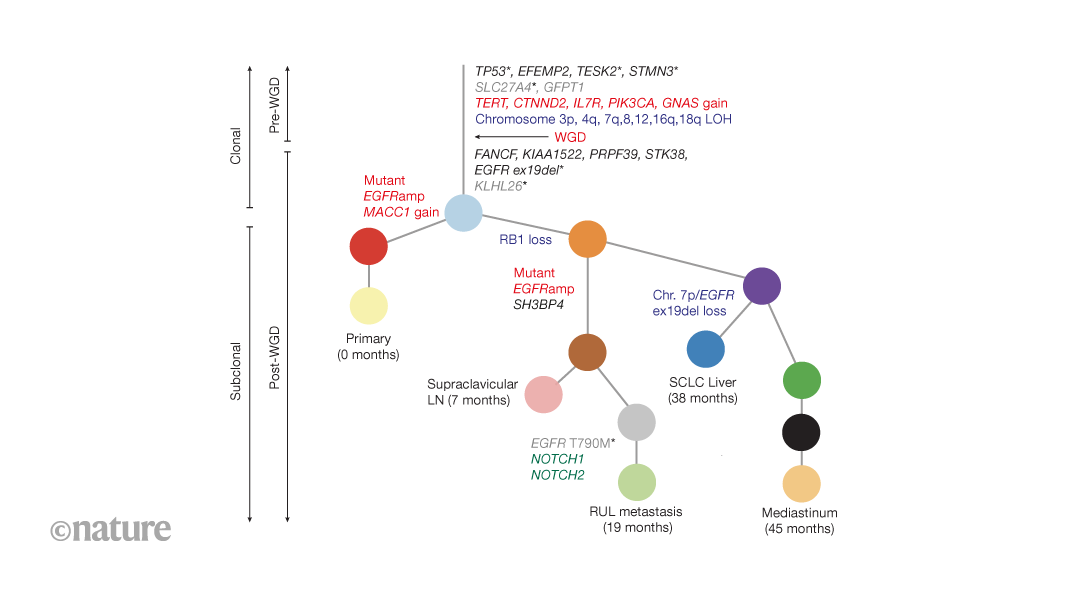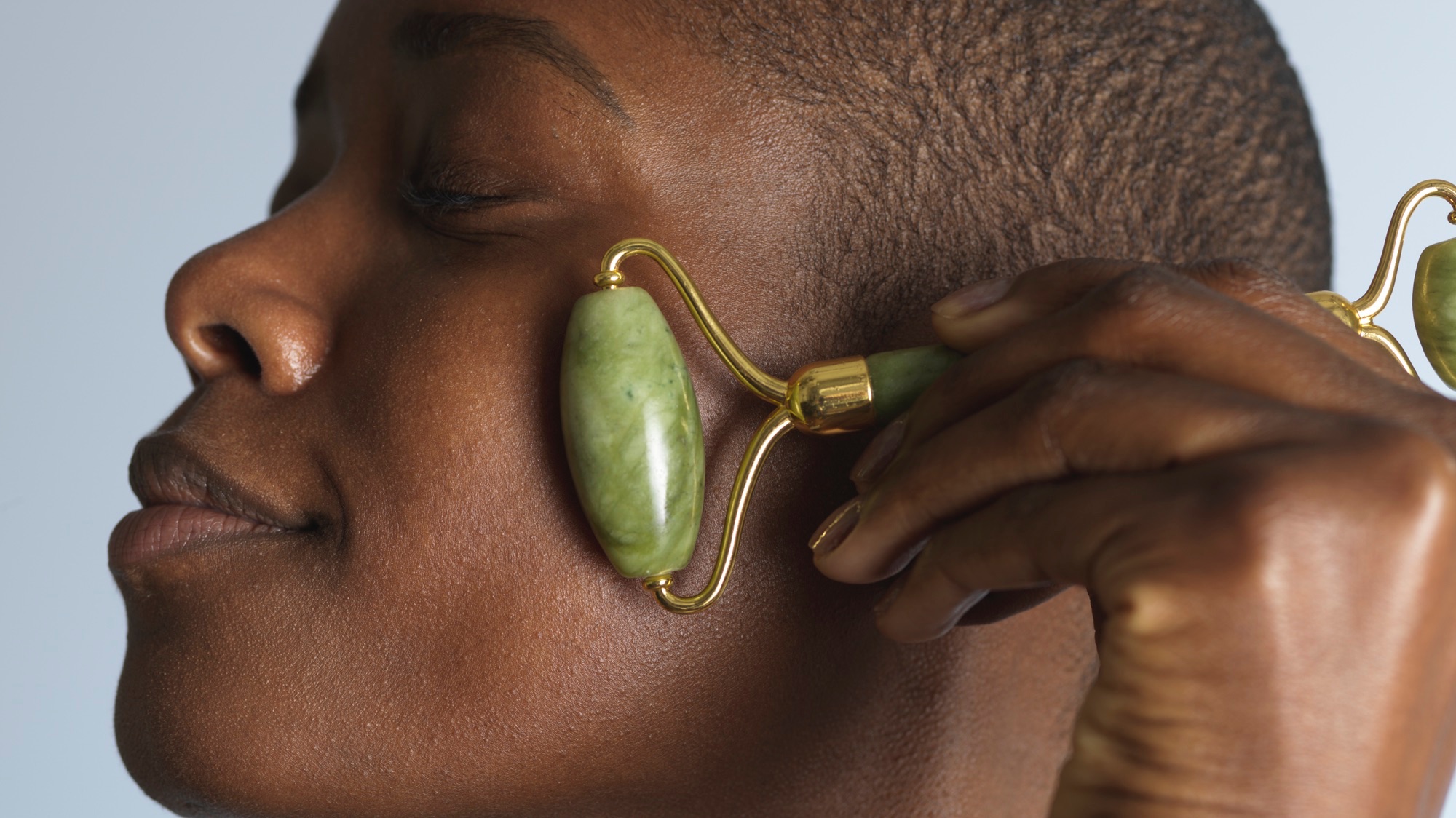Dragging dead fish around reveals super power of mucus
The new study could also offer important clues into human evolution. The post Dragging dead fish around reveals super power of mucus appeared first on Popular Science.

By dragging a bunch of dead fish around, scientists may have uncovered a hidden power of one of biology’s most important substances—mucus. And what they found might even help us understand the very dawn of vertebrate life on land.
First, it’s important to know that fish are covered in a thin layer of mucus. This slimy coating (it is also called a “slime coat”) is known to keep fish healthy by warding off pathogens. Scientists have also found some evidence that mucus can reduce drag, helping fish swim through the water more easily.
Noah Bressman, a physiologist at Salisbury University in Maryland, studied fish mucus in hagfish, which are notorious for their mucus. But a lot of his other research focuses on amphibious fish, or fish species that can move both in the water and on land—and he was curious to know if mucus might help those fish get around, too.
“An amphibious fish that’s moving, that’s basically army crawling around on the ground, and it’s covered in mucus, that mucus likely has an impact on the way it moves around on land,” Bressman told Popular Science. “Does it make it easier? Does it lubricate and help them move easier on land?”
To try and answer this question, Bressman turned to the northern snakehead, a fish native to Asia that has become an invasive species in scattered freshwater habitats across the US over the past two decades. Northern snakeheads can reach nearly three feet long and grow up to 19 pounds–and because they can breathe air through their mouth, these impressively large fish can both survive and travel over land.

The first step was to catch the fish. Bressman and Francis Lopez-Chilel, an undergraduate student at the time, got some of their snakeheads from the Maryland Department of Natural Resources, who would catch the fish during surveys for bass. But the two researchers had also learned how to fish for snakeheads, a sport that has become popular in the US since the species was introduced. As part of the specimen collection for this study, Bressman even entered—and won—a snakehead fishing tournament, which he says earned him the respect of the other snakehead fishers.
“That led to more people letting us measure their snakeheads,” Bressman said.
In addition, the team gathered some common carp and blue catfish, two fish that don’t climb up onto land, to compare to the snakehead. Carp, like the snakeheads, have scales, while catfish do not have scales.
For this study, each fish was euthanized and attached to a force meter via a piece of fishing line—allowing a researcher to pull on the line and measure exactly how much force it took for the fish to start moving. The fish were dragged both forward and backward across a smooth plastic table and a piece of artificial turf. After measuring each of these configurations, the researchers wiped each fish clean and dragged it around again to take the same measurements without the mucus coating. They published their results on January 29th in the journal Integrative and Comparative Biology.
All of the fish species tended to move more easily when covered in mucus. That makes sense—mucus is slippery! But on both the table and the turf, the mucus-y snakeheads were, generally, even more slippery than the mucus-y carp or the mucus-y catfish. (The one exception was when the mucus-covered fish were pulled backward on the turf, where the snakeheads and the catfish had no significant difference in slipperiness.)
Without mucus, the snakeheads were significantly harder to pull than either the carp or the catfish on the table. On the turf, mucus-free snakeheads were more slippery than the carp moving backward, but not forward. And compared to the catfish, the mucus-free snakeheads were more slippery moving forward, with no difference between the two species moving backward. The team noted that when the snakeheads were dried off, the remaining bits of mucus started to feel sticky as the fish dried, potentially helping to increase the amount of force needed to pull them.
These results may indicate that snakeheads evolved a more slippery mucus to help them move on land, the paper suggests.

“By evolving mucus that reduces friction more compared to fully aquatic species like carp, they may be able to greatly reduce the energy cost required for terrestrial locomotion, allowing them to cover greater distances,” Bressman and Lopez-Chilel write.
Dylan Wainwright, a biologist at Purdue University who was not involved in the new research, told Popular Science that he was “very excited to see” this new paper, and says the data “sort of aligns in a satisfying way with what you would predict.”
“I think a lot about fish surfaces and scales and sometimes mucus in my own work, but there’s very little work on that,” Wainwright says. “And so it was really cool to see someone else think critically about mucus and what it’s doing in some different species of fish.”
Studying fish mucus could have practical applications. Some scientists, for example, are trying to develop robots modeled after amphibious fish, Bressman noted. “What if you were to slather that robot in an artificial mucus that can help it move more easily on land?” he said.
But perhaps more importantly, this new study could offer some clues into our own origins. Four-hundred million years ago, no vertebrates yet lived on land–everything with a backbone was still stuck swimming around in the water. Then, some fish that lived in shallow, coastal habitats (possibly the famous Tiktaalik) started to pull themselves up onto the beach. These creatures ended up becoming the common ancestor of every frog, bird, and human alive today.
We don’t know whether mucus played a role in this monumental moment of evolutionary history. But these early land-dwellers probably produced mucus, Bressman said, and it’s possible that they had some sort of adaptation in their mucus that helped them survive on land, both as lubrication and to prevent drying out.
And Wainwright wants to know if other fish species might have unique mucus. Some fish, he suggests, live in the sediment at the bottom of the water—might their mucus also have different friction?
“No one’s ever looked at mucus diversity with a very close lens,” Wainwright says.
The post Dragging dead fish around reveals super power of mucus appeared first on Popular Science.














































































































































